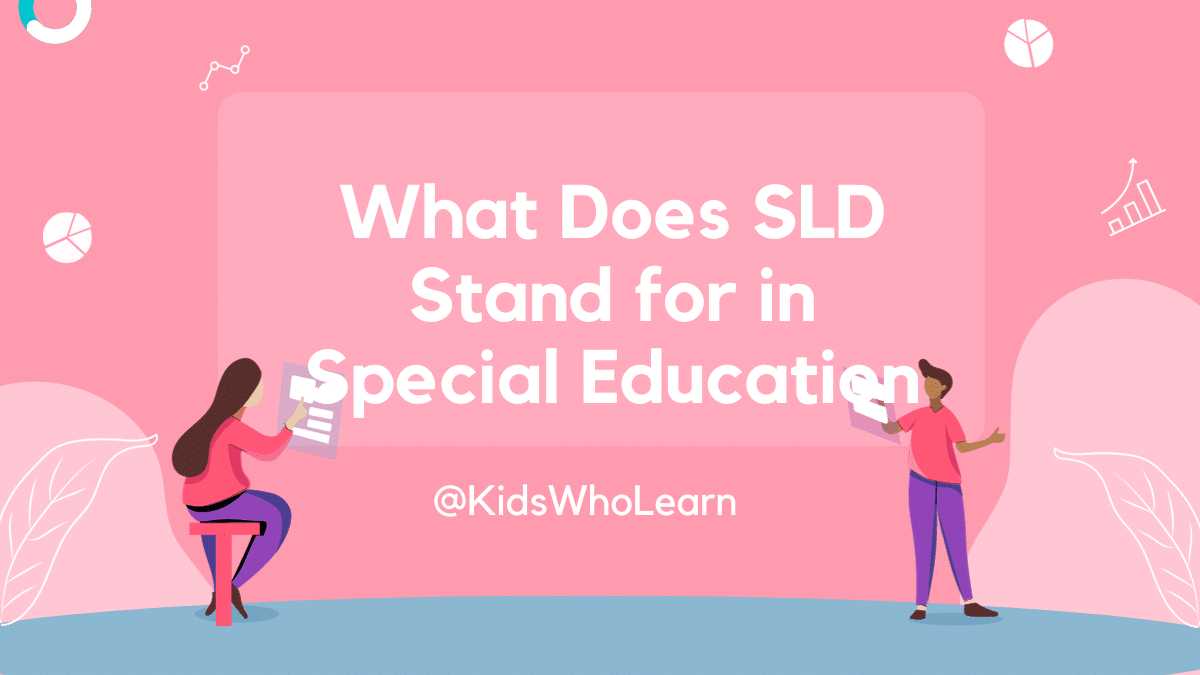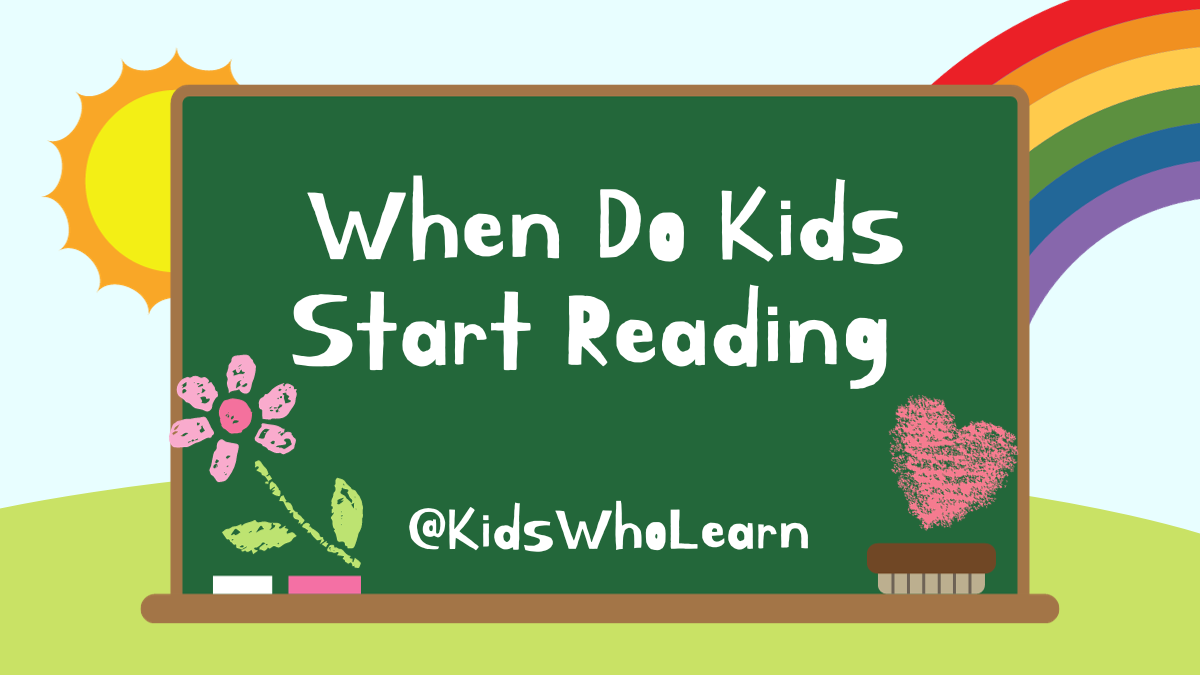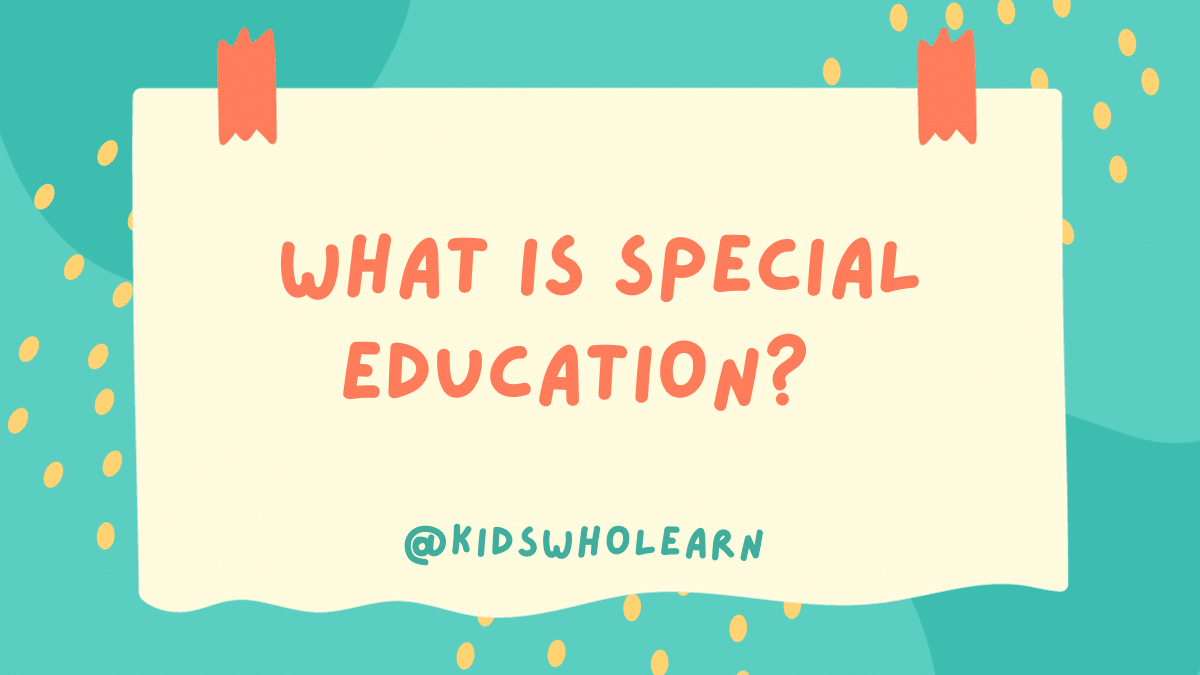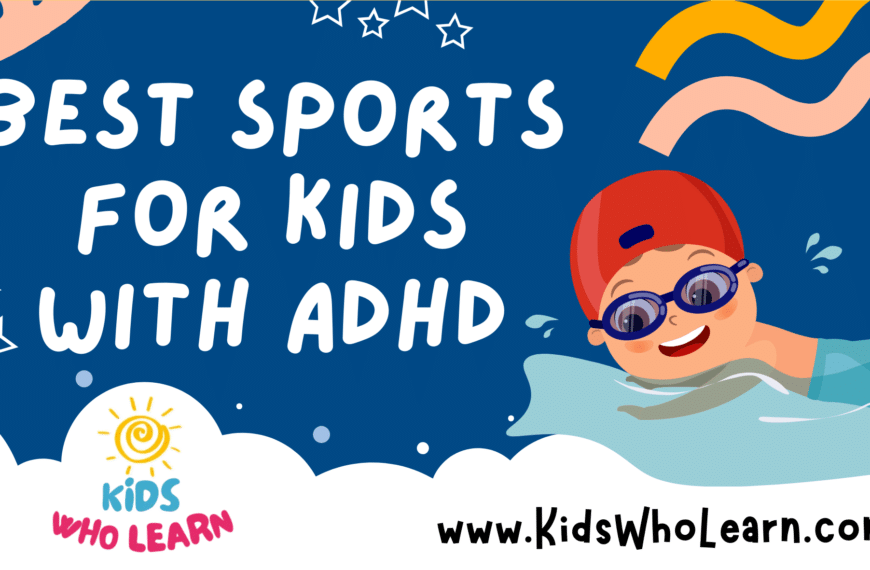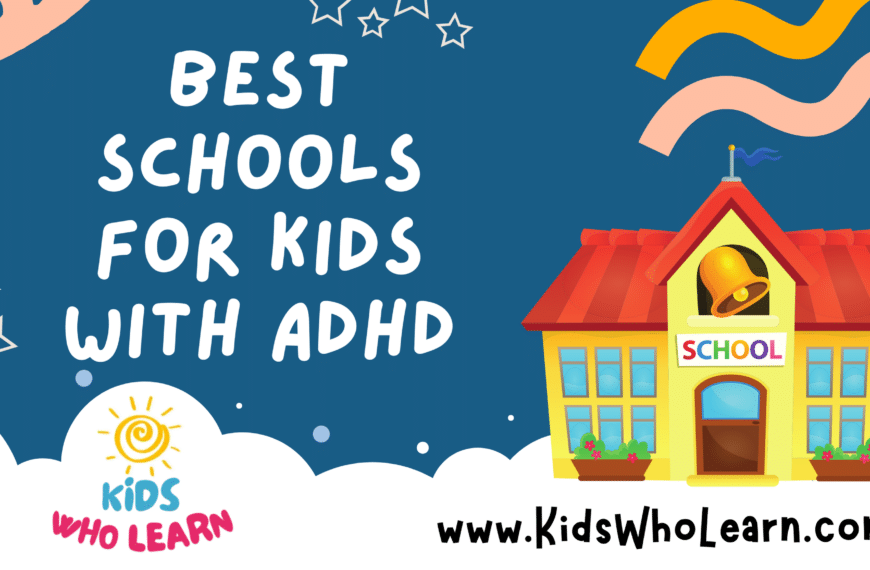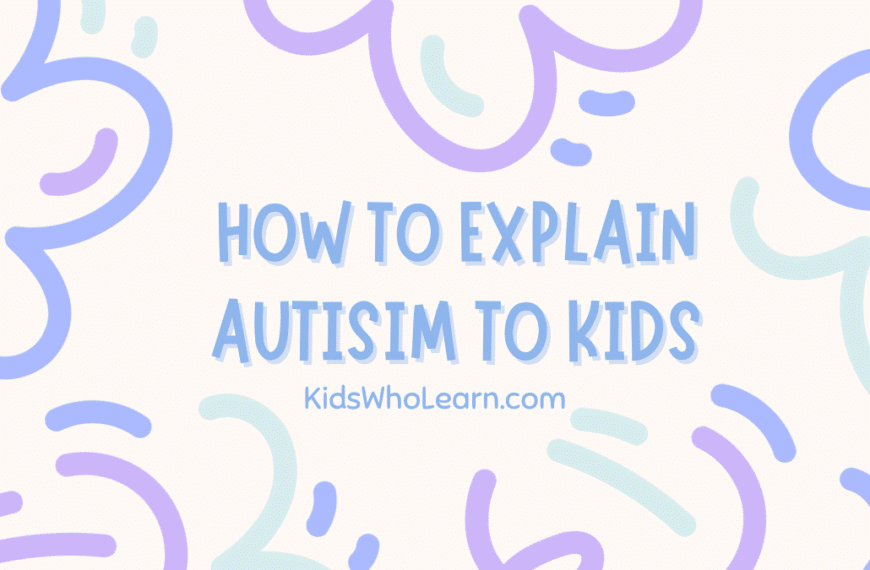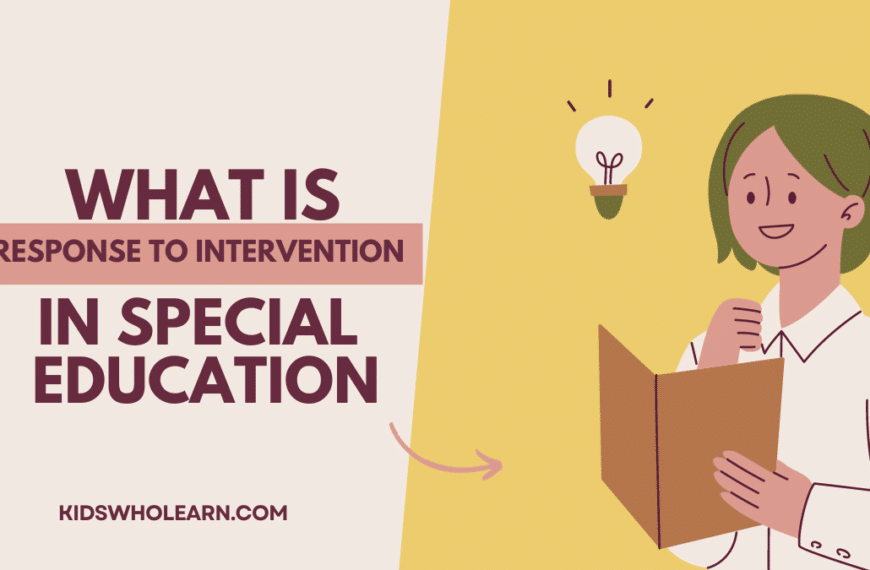If you have a child with a learning disability, you might have heard the term SLD being thrown around in meetings with teachers or special education professionals. But what does SLD stand for, and how does it relate to special education? In this article, we will explore the meaning of SLD in special education and provide you with a better understanding of this important term.
SLD stands for Specific Learning Disability, which is a term used to describe a neurological disorder that affects a child’s ability to learn and process information. In special education, SLD is one of the thirteen categories of disability that qualify a child for special education services under the Individuals with Disabilities Education Act (IDEA). SLD can manifest in different ways, such as difficulty reading, writing, or doing math, and can impact a child’s academic performance and social-emotional well-being.
Understanding SLD in special education is crucial for parents and educators alike. In the next section, we will delve deeper into the identification of SLD and the process of developing an Individual Education Plan (IEP) for children with SLD. We will also discuss some of the challenges that come with addressing SLD in the classroom and strategies for supporting children with SLD.
Key Takeaways
- SLD stands for Specific Learning Disability and is one of the thirteen categories of disability that qualify a child for special education services.
- SLD can manifest in different ways and impact a child’s academic performance and social-emotional well-being.
- Understanding the identification of SLD, the IEP process, challenges, and strategies for supporting children with SLD is crucial for parents and educators.
Understanding Special Education
Definition of Special Education
Special education is a specialized program designed for students with disabilities that require individualized education plans (IEPs) to meet their unique needs. The Individuals with Disabilities Education Act (IDEA) is a federal law that requires schools to provide special education services to eligible students.
The goal of special education is to provide students with the support they need to succeed academically, socially, and emotionally. This can include accommodations, modifications, and specialized instruction tailored to their specific needs.
Students who may qualify for special education services include those with learning disabilities, intellectual disabilities, emotional or behavioral disorders, autism, and physical disabilities.
It is important to note that special education is not a separate program, but rather a set of services that can be provided within the general education setting or in a separate classroom. The decision on the appropriate placement for a student is made by the IEP team, which includes parents, teachers, and other professionals.
In summary, special education is a program designed to provide individualized support and services to students with disabilities to help them succeed academically, socially, and emotionally. The decision on the appropriate placement for a student is made by the IEP team, and the services provided may vary depending on the student’s unique needs.
SLD in Special Education
Definition of SLD
SLD stands for Specific Learning Disability, which is a term used in special education to describe a disorder in one or more of the basic psychological processes involved in understanding or using language, spoken or written. SLD is a common condition affecting many students, and it can manifest in various ways, such as difficulties in reading, writing, spelling, or calculating.
To be diagnosed with SLD, a student must meet certain criteria, such as a significant discrepancy between their intellectual ability and academic achievement, and a failure to respond to evidence-based interventions. SLD is recognized under the Individuals with Disabilities Education Act (IDEA) and is one of the 13 categories of disabilities eligible for special education services.
Importance of SLD
SLD is an important concept in special education because it highlights the need for individualized instruction and support for students with learning disabilities. By identifying students with SLD, educators can provide targeted interventions and accommodations to help them succeed academically and reach their full potential.
Some common interventions for students with SLD include specialized instruction in reading, writing, and math, assistive technology, and modifications to the curriculum or testing. It is important for educators to work closely with parents, caregivers, and other professionals to develop an appropriate plan for each student with SLD.
In conclusion, SLD is a significant condition that affects many students in special education. By understanding the definition of SLD and its importance, educators can better support students with learning disabilities and help them achieve academic success.
Identification of SLD
If you suspect that your child may have a Specific Learning Disability (SLD), the first step is to request an evaluation from your child’s school. The evaluation will determine whether your child meets the criteria for an SLD as defined by the Individuals with Disabilities Education Act (IDEA).
The evaluation will include a variety of assessments that will measure your child’s academic and cognitive abilities. These assessments may include standardized tests, observations, and interviews with you and your child’s teachers.
It’s important to note that not all children with learning difficulties have an SLD. Other factors, such as cultural and linguistic differences, lack of appropriate instruction, or emotional and behavioral problems, can also impact a child’s academic performance.
If your child is found to have an SLD, the evaluation report will include specific information about your child’s strengths and weaknesses, as well as recommendations for appropriate educational interventions and accommodations. This information will be used to develop an Individualized Education Program (IEP) that meets your child’s unique needs.
Remember, early identification and intervention are key to helping children with SLDs succeed in school and beyond. If you have concerns about your child’s learning, don’t hesitate to request an evaluation from your child’s school.
SLD and Individual Education Plan
If your child has been identified as having a Specific Learning Disability (SLD), they may be eligible for an Individual Education Plan (IEP). An IEP is a written plan that outlines the educational goals and accommodations that your child will receive in order to help them succeed in school.
The IEP team, which includes you as the parent, will work together to determine the appropriate goals and accommodations for your child. The team will also review your child’s progress on a regular basis to ensure that the plan is working effectively.
Some accommodations that may be included in your child’s IEP for SLD could include:
- Extended time on tests or assignments
- Access to assistive technology such as text-to-speech software or a calculator
- Preferential seating in the classroom
- Modified assignments or tests
It is important to keep in mind that an IEP is a legally binding document, and the school is required to provide the services and accommodations outlined in the plan. If you have any concerns about your child’s IEP or feel that it needs to be revised, you can request a meeting with the IEP team to discuss your concerns.
Remember, the goal of an IEP for SLD is to provide your child with the support they need to succeed in school. By working together with the IEP team, you can help ensure that your child receives the best possible education.
Challenges in SLD
When dealing with Specific Learning Disabilities (SLD), there are several challenges that you may encounter. Here are some of the common challenges that students with SLD may face:
1. Difficulty with Reading and Writing
One of the most common challenges that students with SLD face is difficulty with reading and writing. This can manifest in several ways, such as difficulty with decoding words, understanding sentence structure, or organizing thoughts into coherent written work. To help students with SLD overcome these challenges, teachers may use specialized reading and writing programs, provide extra support during class, or offer accommodations such as extended time on assignments.
2. Trouble with Math
Another challenge that students with SLD may face is difficulty with math. This can include difficulty with basic arithmetic, understanding mathematical concepts, or applying math skills to real-life situations. To help students with SLD overcome these challenges, teachers may use specialized math programs, provide extra support during class, or offer accommodations such as the use of a calculator.
3. Social and Emotional Difficulties
Students with SLD may also experience social and emotional difficulties, such as difficulty making friends, feeling isolated, or struggling with anxiety or depression. These challenges can impact a student’s ability to learn and succeed in school. To help students with SLD overcome these challenges, teachers may offer social skills training, counseling, or other forms of support.
4. Stigma and Misunderstanding
Finally, students with SLD may face stigma and misunderstanding from their peers, teachers, or even their own family members. This can lead to feelings of shame, embarrassment, or low self-esteem, which can further impact a student’s ability to learn and succeed. To combat this stigma and misunderstanding, it’s important for teachers and parents to educate themselves about SLD and to advocate for their students’ needs.
Overall, while there are certainly challenges associated with SLD, there are also many strategies and resources available to help students with SLD succeed. With the right support and accommodations, students with SLD can thrive academically, socially, and emotionally.
Strategies for Handling SLD
If you are a teacher or caregiver working with a student who has a Specific Learning Disability (SLD), there are several strategies you can use to help them succeed. Here are a few tips to keep in mind:
1. Use Multi-Sensory Instruction
Students with SLD often have difficulty processing information through traditional methods of instruction. Using multi-sensory instruction, which engages multiple senses, can help them better understand and retain information. For example, you might use visual aids, hands-on activities, and verbal cues to reinforce concepts.
2. Break Tasks into Smaller Parts
Students with SLD may become overwhelmed by complex tasks. Breaking tasks into smaller, more manageable parts can help them feel less intimidated and more capable of completing the assignment. You might also provide step-by-step instructions or a checklist to help them stay organized.
3. Provide Frequent Feedback
Students with SLD benefit from frequent feedback on their work. This can help them identify areas where they need improvement and build confidence in their abilities. Be sure to provide specific feedback that focuses on the task or assignment at hand.
4. Use Assistive Technology
Assistive technology, such as text-to-speech software or speech recognition software, can help students with SLD access information and complete assignments more easily. Talk to your school’s special education department to find out what assistive technology is available.
5. Provide Extra Time and Support
Students with SLD may need extra time and support to complete assignments. You might provide them with additional one-on-one instruction, or allow them extra time to complete tests or assignments. Be sure to communicate with the student and their parents to determine what kind of support is most helpful.
By using these strategies and others, you can help students with SLD succeed in the classroom and beyond.
Conclusion
In conclusion, SLD stands for Specific Learning Disability, which is a term used in special education to describe a range of learning difficulties that affect a student’s ability to read, write, or do math. SLD is a diagnosis that is given to students who have a significant discrepancy between their academic achievement and their intellectual ability.
Students with SLD require specialized instruction and support to help them overcome their learning difficulties and succeed in school. This can include individualized instruction, accommodations, and assistive technology. It is important for educators and parents to work together to identify and address the specific needs of each student with SLD.
While SLD can present significant challenges for students, it is important to remember that with the right support and interventions, students with SLD can achieve academic success and reach their full potential. By understanding what SLD is and how it affects students, educators and parents can work together to ensure that all students receive the support they need to succeed in school and beyond.
Frequently Asked Questions
What are the characteristics of specific learning disabilities?
Specific learning disabilities (SLD) are neurologically-based processing disorders that can affect a student’s ability to acquire, organize, retain, and use information. Some common characteristics of SLD include difficulty with reading, writing, math, and/or organization, memory, and attention.
What is the eligibility checklist for specific learning disabilities?
To be eligible for special education services under SLD, a student must meet the following criteria:
- The student has a documented pattern of strengths and weaknesses in academic achievement or performance, which is identified by a comprehensive evaluation.
- The student’s academic difficulties are not primarily the result of visual, hearing, or motor disabilities, intellectual disability, emotional disturbance, cultural factors, environmental or economic disadvantage, or limited English proficiency.
- The student’s academic difficulties are not due to lack of appropriate instruction.
What is the IDEA definition of specific learning disabilities?
Under the Individuals with Disabilities Education Act (IDEA), SLD is defined as “a disorder in one or more of the basic psychological processes involved in understanding or using language, spoken or written, that may manifest itself in an imperfect ability to listen, think, speak, read, write, spell, or do mathematical calculations.”
What are some examples of specific learning disabilities?
Some examples of SLD include dyslexia, dysgraphia, dyscalculia, and auditory processing disorder.
What is the difference between SLD and dyslexia?
Dyslexia is a specific type of SLD that primarily affects a student’s ability to read fluently and accurately. SLD, on the other hand, can refer to a variety of processing disorders that impact a student’s ability to learn and perform in academic settings.
Does having an SLD qualify a student for an IEP?
Yes, if a student is found to have an SLD and meets the eligibility criteria, they are entitled to receive special education services under an Individualized Education Program (IEP). The IEP should include goals and accommodations that are specific to the student’s needs and designed to help them access the general education curriculum.

